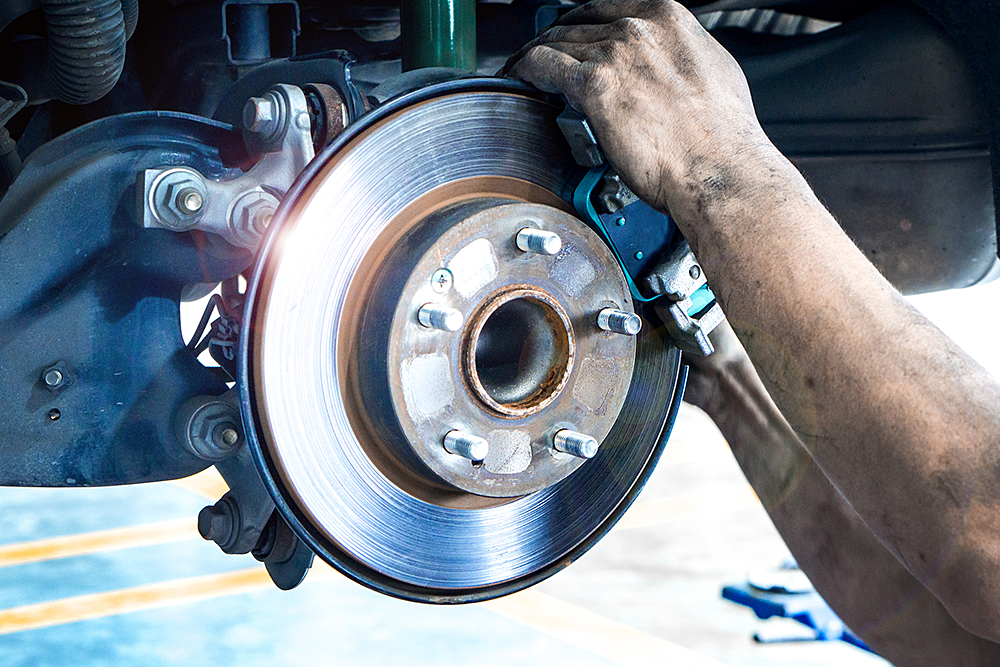Schedule Brake Safety Check After Hot Summer Driving

Summer heat places additional stress on one of the most important safety components of your vehicle--the braking system.
According to the Automotive Service Association, follow these basic tips for post-summer brake maintenance:
- Get your brakes inspected after prolonged exposure to extreme temperatures--like after summer and winter months. Have an expert look for pad wear, leaks, a worn or scratched brake disc.
- Brake pads usually need replacing every 20,000 to 40,000 miles. Longevity varies by how and where you drive. For example, stop and go city driving wears out brake pads faster than freeway driving. Check the owner’s manual for manufacturer recommendations on brake replacement.
- Use replacement brake pads that meet or exceed manufacturer recommendations. Pad quality varies depending on their composite materials—metal fibers, rubber compounds, silicate and resins.
- Ask about resurfacing the rotor, or metal brake disk, if your vehicle has been driven more than 70,000 miles. Extremely worn brakes can scratch or gouge the disc and reduce braking effectiveness. Most brake replacement involves smoothing out the rotor surface for improved braking.
There’s no need to become an automotive engineer to get better performance. Understanding some basic elements of braking systems can help you speak confidently to your service advisor or technician.
Here are some basic brake-related terms when inquiring about service and repair:
- Brake rotors, also known as disc brakes. These are large spinning metal plates behind the wheel and slow your vehicle whenever you press the brake pedal.
- Brake fluid, the lifeblood of any hydraulic brake system. Dirt and other contaminants in fluid can prevent the braking system from functioning properly. Fluid should be checked at every oil change or at least once a year.
- Brake pads, supplying the friction which stops your vehicle. Every time you press your brake pedal, pads make contact with rotors. As pads become thinner, Brake Wear Indicators scratch the rotors and create a screeching sound.
- Calipers are small clamps that press brake pads into the rotors. Watch for signs of wear: a thud or series of thuds when you press the brake pedal, brake fluid near tires, “sticky” brakes that do not retract when you release the brake pedal and reduced braking power.
Ask your service advisor to perform a brake inspection during your next oil change and tire rotation. Or, if you see or hear signs of brake wear, have your braking system inspected immediately by a certified expert.